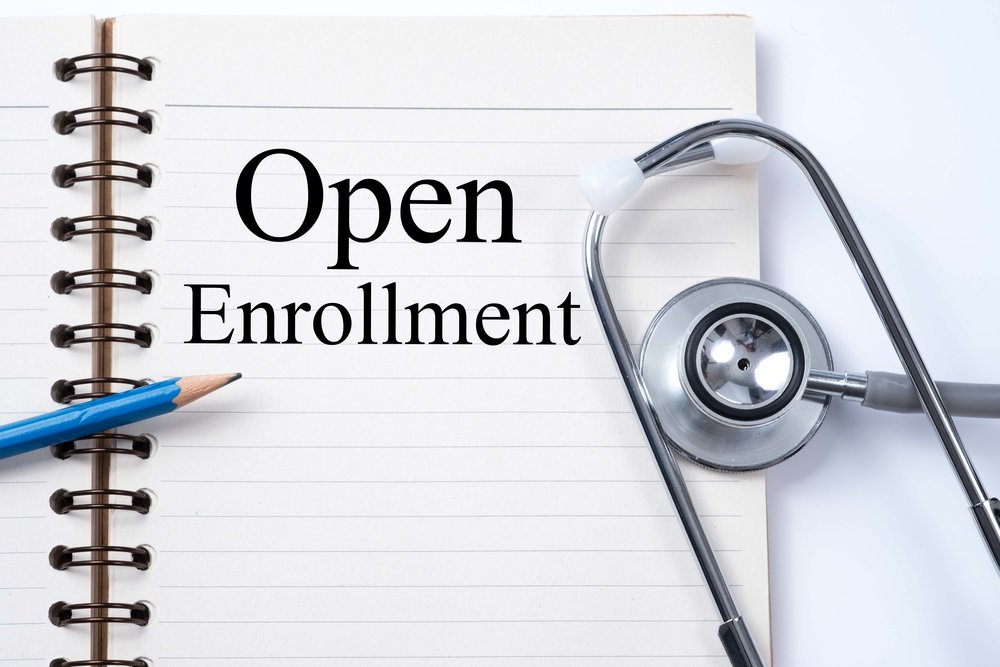PTC Therapeutics Launches Trial Testing Vatiquinone in Children, Young Adults

PTC Therapeutics has launched a Phase 3 clinical trial to evaluate its investigational oral therapy vatiquinone (PTC743) in children and young adults with Frederich’s ataxia (FA).
The international trial had experienced earlier delays due to the COVID-19 pandemic. Called MOVE-FA (NCT04577352), it is meant to support potential requests during vatiquinone’s regulatory approval for FA.
“The initiation of another pivotal trial this year is a major milestone for PTC,” Stuart W. Peltz, PhD, PTC’s co-founder and CEO, said in a press release. “Previous clinical trial results give us confidence in vatiquinone’s potential in treating patients living with this devastating disease.”
Participants will be recruited at several sites across the U.S., Canada, Europe, Australia, and Latin America; more information on contacts and locations can be found here.
“We are excited for the PTC743 program to reach this milestone of opening enrollment of the MOVE-FA clinical trial and we look forward to assisting PTC with recruitment in the U.S. and internationally,” said Jennifer Farmer, the CEO of the Friedreich’s Ataxia Research Alliance (FARA).
“FARA and the FA community are grateful to PTC Therapeutics for their commitment to advancing treatments for Friedreich ataxia,” Farmer added.
Vatiquinone, previously also known as EPI-743, is part of PTC’s Bio-e platform, meaning it is one of the experimental therapies the company acquired from BioElectron Technology Corporation.
The platform uses biochemical knowledge to aid in the development of therapies that target oxidoreductases — a family of enzymes believed to play a central role in the diseases of the nervous system.
An orally administered small molecule, Vatiquinone works by blocking the activity of 15-lipoxygenase, a key oxidoreductase regulating the oxidative stress and neuroinflammation that underly many neurological diseases, including Friedreich’s ataxia.
Oxidative stress occurs when the production of potentially harmful free radicals outweighs cells’ antioxidant defense, which can lead to cellular damage.
The small molecule can cross the blood-brain barrier, meaning it has the potential to exert its effects in the central nervous system (CNS), comprised of the brain and spinal cord. This barrier tightly regulates what substances from the bloodstream can access the brain, and crossing it is often a challenge for brain-targeting therapies.
Vatiquinone has been previously tested in more than 500 patients with up to 10 years of treatment exposure, demonstrating a favorable safety profile.
Notably, data from a small Phase 2 trial (NCT01962363) involving three people with FA showed that six months of vatiquinone treatment significantly lessened disease severity, compared with the natural course of the disease in age- and stage-matched untreated patients. These benefits were kept after 18 months of treatment.
These promising results earned the therapy orphan drug and fast track designations by the U.S. Food and Drug Administration (FDA) for the treatment of FA. Both designations are meant to accelerate a potential therapy’s clinical development and review.
The upcoming MOVE-FA Phase 3 study is designed to evaluate vatiquinone’s safety and effectiveness in about 110 FA patients, ages 7 and older, who are able to walk at least 10 feet (about three meters) in one minute with or without assistance.
Notably, simultaneous treatment with coenzyme Q10, vitamin E, idebenone, or any other non-approved medication for FA is not allowed.
At study entry, the participants will be divided by degree of disease severity — as assessed by the modified Friedreich’s Ataxia Rating Scale (mFARS) — age of disease onset (before or after 14 years of age), and age at screening (up to 21 years or older).
Then, patients will be randomly assigned to receive an oral capsule of either vatiquinone or a placebo, three times a day, for 72 weeks (nearly 1.5 years).
Vatiquinone will be given in 200 mg capsules to children up to age 12 and weighing less than 25 kilograms (about 55 lbs). Older patients or those weighing 25 kilograms or more will receive 400 mg capsules.
MOVE-FA’s main goal is to assess changes in the mFARS over 18 months, while key secondary goals include changes in walking ability, activities of daily living, and the participants’ number of falls. These goals were defined in consultation with both the FDA and the European Medicines Agency, the regulatory agency for the EU.
After completing 72 weeks of treatment, the participants will have the option to enter the trial’s open-label extension phase, in which all will receive vatiquinone for 24 weeks (nearly six months). After the last dose, the patients will be followed for 10 to 30 days for safety purposes.
“This is the third clinical trial initiated this year based on compounds using our Bio-e platform,” Peltz said.
The other two include a Phase 2/3 trial (NCT04378075) of vatiquinone in children and adolescents with refractory mitochondrial epilepsy, and a Phase 1 study of PTC857, PTC’s second Bio-e platform compound being developed for Parkinson’s disease. The PTC857 study involves healthy volunteers.






